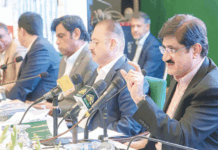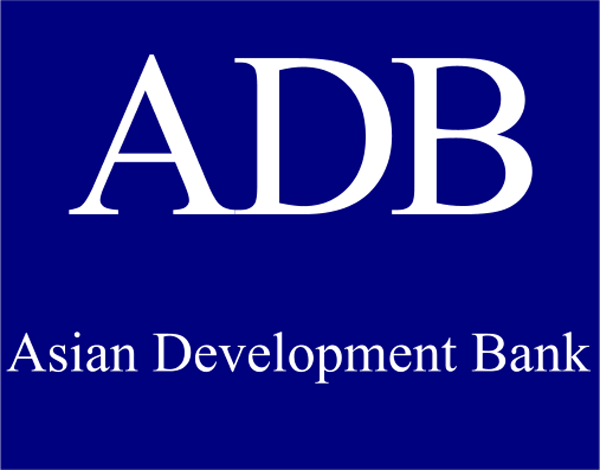ISLAMABAD: Economic growth in Pakistan is expected to slow to 2.6 percent this year due to ongoing stabilisation efforts, slower growth in agriculture and the impact of the coronavirus (Covid-19) outbreak, before recovering to 3.2 percent in 2021, according to the Asian Development Bank’s (ADB) latest annual flagship economic publication, Asian Development Outlook (ADO) 2020.
“Pakistan’s strong and decisive policy measures have started to yield positive results in reversing macroeconomic imbalances and narrowing current account deficits,” said ADB Country Director for Pakistan Xiaohong Yang in a press release issued on Friday. “Although Pakistan’s economy is in better shape than before, the nation needs to work together to tackle the new challenges posed by COVID-19—including uncertain short term growth prospects—and its related socioeconomic repercussions. The government’s emergency package and extensive use of Ehsaas programme will be vital to blunting the detrimental impacts of the pandemic, particularly on the poor and vulnerable.”
Read More: The great big Profit survey of the COVID-19 pandemic
Agriculture is expected to see slow growth in fiscal year 2020 as the worst locust infestation in over two decades damages harvests of cotton, wheat, and other major crops. Modest growth is expected in some export-oriented industries, such as textiles and leather. However, large-scale manufacturing, which provides over half of industrial production, will likely contract, as it did in the first half of FY2020. The ongoing COVID-19 outbreak will pose an additional downside risk to growth prospects as it further dampens consumer demand, exporters, businesses and industries.
The State Bank of Pakistan raised its policy interest rate by a cumulative 575 basis points to 12.25 percent at the end of FY2019 to counter inflationary pressures. Following the decline in global oil prices and expected sluggish demand under COVID-19, the SBP reduced it in two steps to 11.00 percent in March 2020.
Inflation is projected to accelerate to 11.5 percent in FY2020, reflecting a sharp rise in food prices in the first part of the fiscal year and a 9.8 percent drop in the value of the local currency against the US dollar in the first seven months of FY2020. The report then forecasts inflation to decelerate to 8.3 percent in FY2021, with the central bank having to account for this in its next monetary policy decision to increase credit to the private sector and boost economic activity.
The current account deficit is expected to continue narrowing to 2.8 percent of gross domestic product in FY2020 based on the reduction in trade deficit resulting from exchange rate depreciation and the imposition of regulatory duties to contain import demand, the ADB report notes.
ALSO READ: How might the Coronavirus outbreak affect Pakistan’s economy?
The report notes that the present macroeconomic challenges facing Pakistan underscore the importance of further strengthening social protection, health, education systems, and providing much needed relief to the most vulnerable families.























